#dennis comics
Explore tagged Tumblr posts
Text
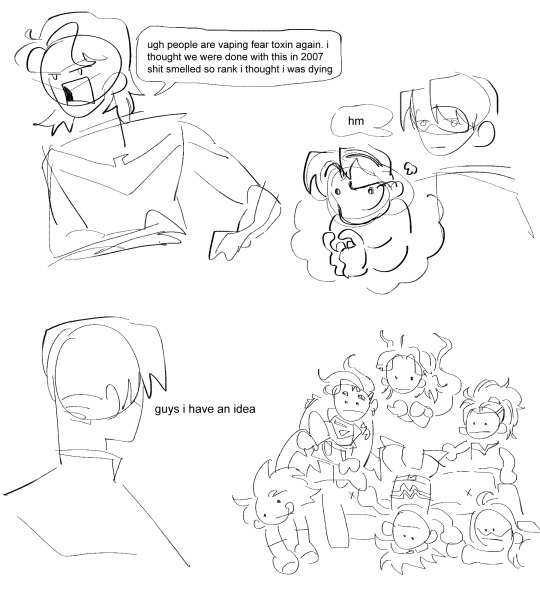
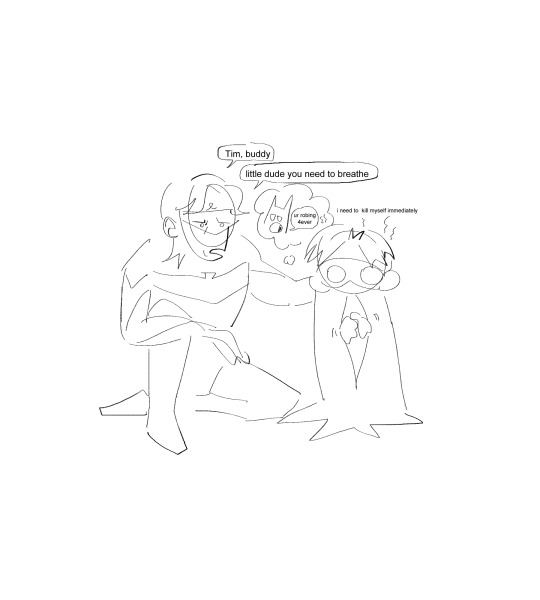
nightwing psa dont vape fear toxin and dont get your super friends on toxic fumes and dont throw up on my brand new gloves you ruined the circuitry timmy
#dc#young just us#tim drake#dick grayson#idk man#shitposting whips and nae naes#''haters gonna hate drakes gonna vape'' insightful addition from the team#dennis doodles#dennis comics#yj98
2K notes
·
View notes
Text



ahh
#experiencing Feelings in this dennys parking lot tonight#is this considered poetry#fursona#lotus art#original art#comic#poetry#artists on tumblr
1K notes
·
View notes
Text
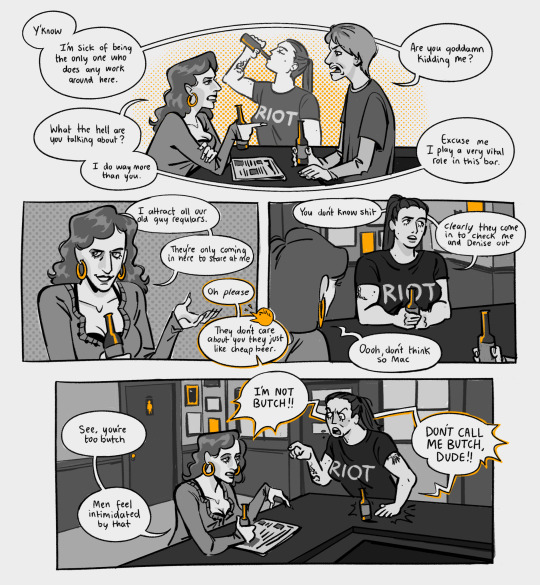
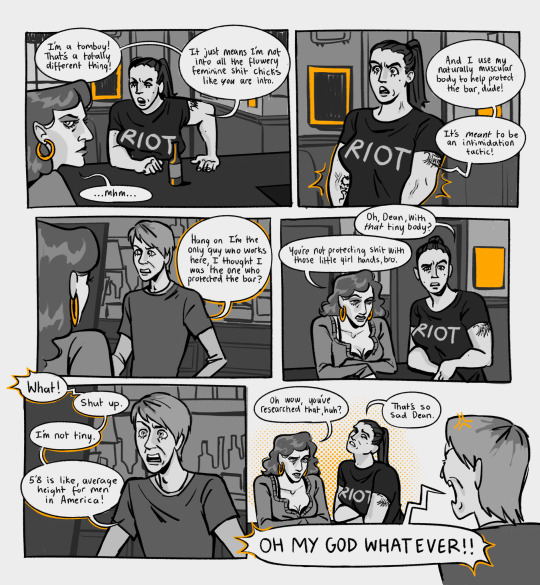
Bashes them all with a comically large hammer
#thx for the love on my last little comic. have another#um idk thinking about how they act in this au…..#see they still bully Dean because of course they do#but it’s for all the opposite reasons they make fun of Dee in canon#because although Dean is practically identical#now that he’s a dude they call him small and too girly or whatever#like a weak little bird#and Mac fuckinnnn#she’s not like other girls#genderbent sunny#its always sunny in philadelphia#iasip#dennis reynolds#mac mcdonald#dee reynolds#my art
868 notes
·
View notes
Text
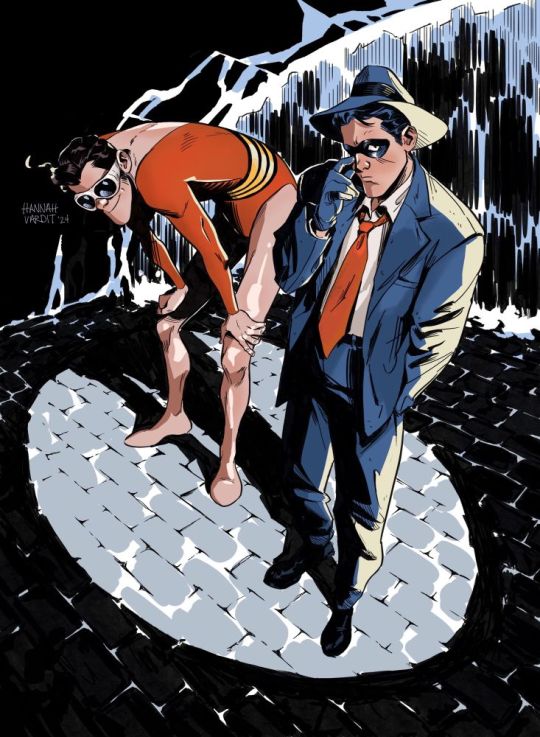
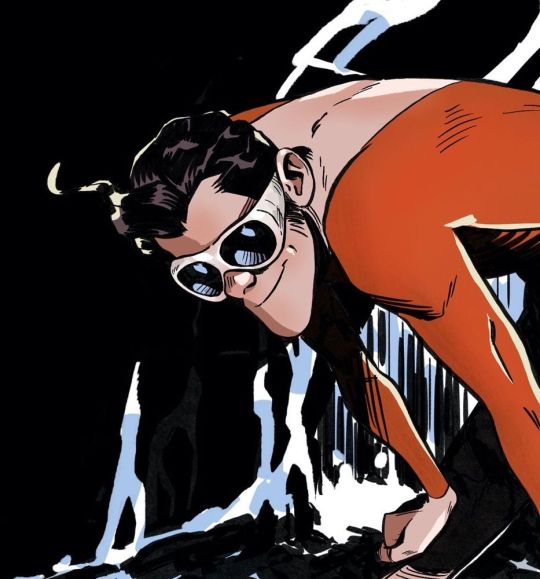
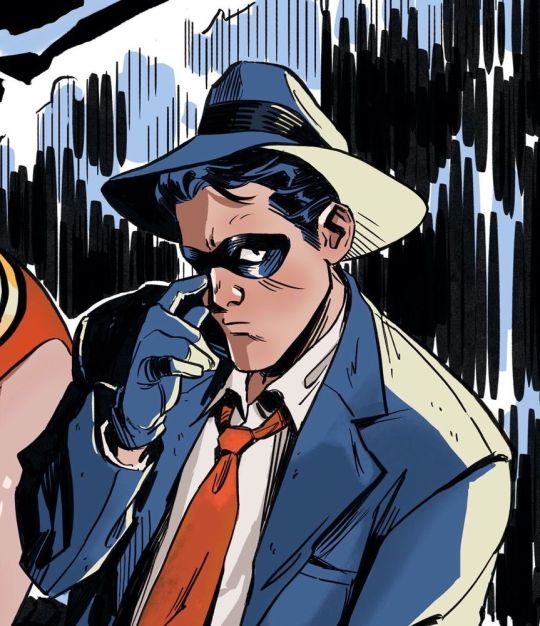
These two never showed up in each other’s comics beyond sometimes sharing a cover which is all fine and well; personally I’m not a big fan of crossovers and multiverses and I like that they have their own individual shit going on, but also. But also. They’d be super fun together.
#my good boys#not a braincell between them but they'll still save the day#it'll probably happen on accident#but no one needs to know that#plastic man#the spirit#patrick eel o'brian#denny colt#golden age comics
950 notes
·
View notes
Text

Uhh...
#DC#DC Comics#The Question#Batman#Catwoman#John Constantine#Constantine#IASIP#it's always sunny in philadelphia#Charlie Kelly#Justice League Unlimited#Are you familiar with that Question?#Dennis Reynolds#Mac#Dee
213 notes
·
View notes
Text

insider info
#iasip#iasip fanart#dennis reynolds#sorry this is not like a regular comic at all#weird diary comic idk~~~~~#it just amuses me#the difference between talking about sunny with cishet dudes vs queers#machinegoods#edit: i forgot to say the bf seems totally fine in reality lol
376 notes
·
View notes
Text

Beautiful goat sounds
192 notes
·
View notes
Text

some sketches of my guy
#original character#angel oc#monster boy oc#wings#winged oc#for those curious he is the main character of this serial comic i have planned after my short film and one shots are#finished called “Mayflies”#Basically its a slice of life/fantasy comic about a world where “angels” are these huge insectoid-like entities that exist in a symbiotic#relationship with humans#They spend the majority of their life cycles in a juvenile state similar to mayflies#where they inhabit the bodies of dead humans#so every once and awhile when someone dies they will come back as an angel spontaneously. Denny was walking to work one day in the#dark and rain and got hit by a car. lucky for him#an adult angel appeared at that moment and triggered the angeldeath and he Came Back#hes like the same guy though angels dont have a separate conciousness from their host. its like#he is the angel. like a lichen. from his POV he can't tell that anything's changed inside his brain only now. he feathers#so yeah. i love him#side note#he has a GNC boyfriend named Ruth#mayflies
183 notes
·
View notes
Text

drawing a frame from every episode of it’s always sunny season 2 episode 3: dennis and dee go on welfare
#aka trash twins get addicted to crack#iasip#iasip fanart#its always sunny in philadelphia#sunnyblr#fanart#artists on tumblr#dennis reynolds#iasip dennis#glenn howerton#dee reynolds#iasip dee#sweet dee#kaitlin olson#pixel art#comic art#my art#s2e3#trash twins
345 notes
·
View notes
Text


1979's The Comics Journal #50 cover by artist Dennis Fujitake.
#the comics journal#Dennis Fujitake#x men#uncanny xmen#70's#70s#1970s#late 70s#disco era#chris claremont#john byrne#terry austin#dave cockrum#roger stern#great run#children of the atom#phoenix#cyclops#wolverine#magneto#colossus#storm#nightcrawler#banshee#havok#jean grey#scott summers#logan#alex summers#piotr rasputin
352 notes
·
View notes
Text
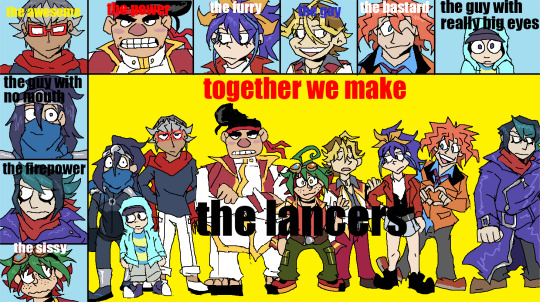
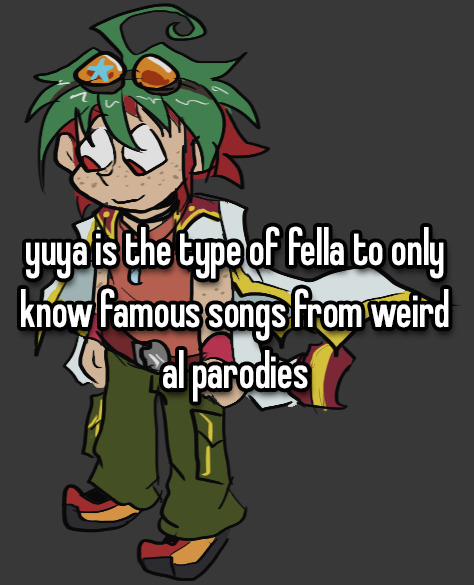
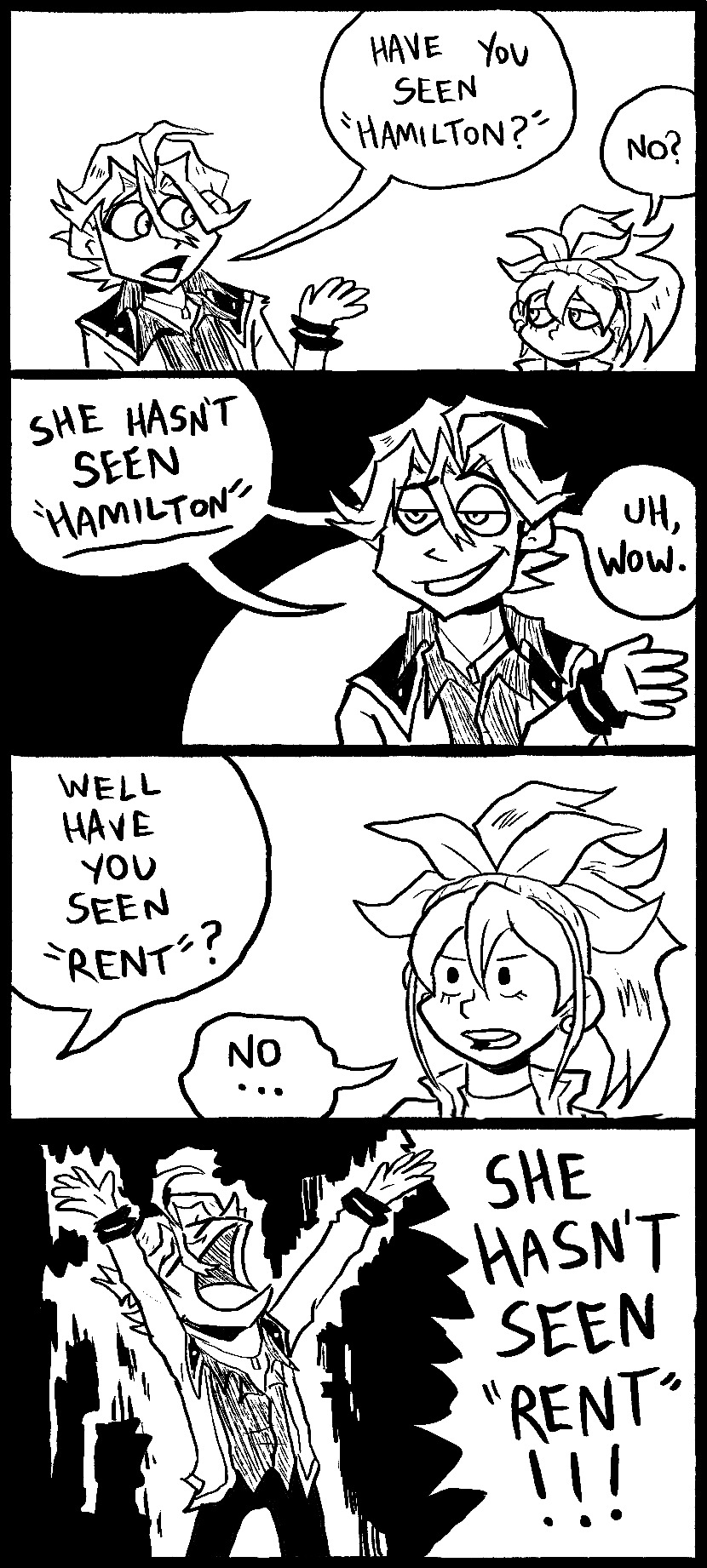
really really enjoying arc-v's cast
#yugioh arc v#yuya sakaki#sylvio sawatari#shingo sawatari#celina#serena#dennis macfield#shay obsidian#shun kurosaki#reiji akaba#declan akaba#gong strong#noboru gongenzaka#the lancers#and also riley and moon shadow are here too I KEPT HAVIGN TO EXTEND THE CANVAS THIS SHOW HAS SO MANY CHARACTERS#ygoart#dana art#redraws inspired by the classic tails gets trolled troll slaiers panel and @/joeobligations' extremely good beast*rs comic#and also some whispr i found on pnterest. i know im right btw on that one
471 notes
·
View notes
Text
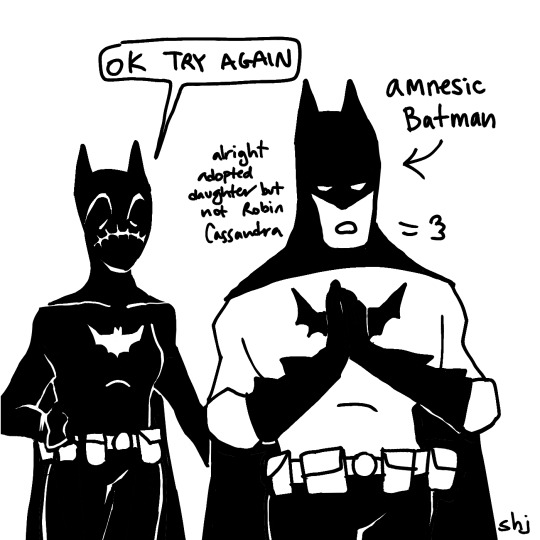
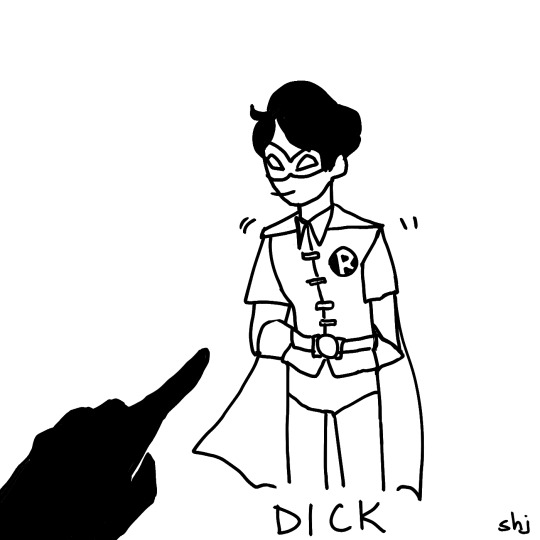
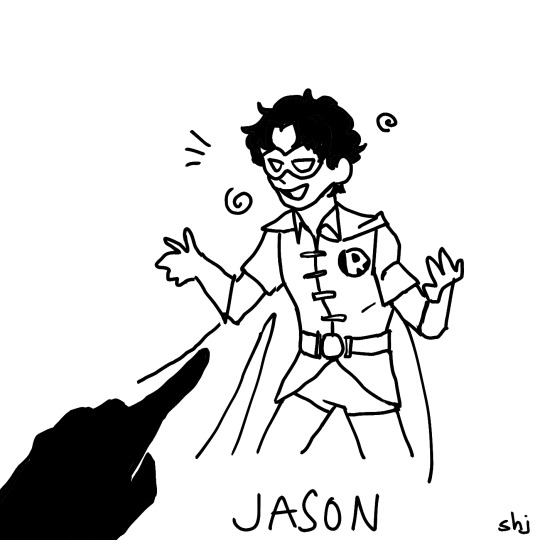

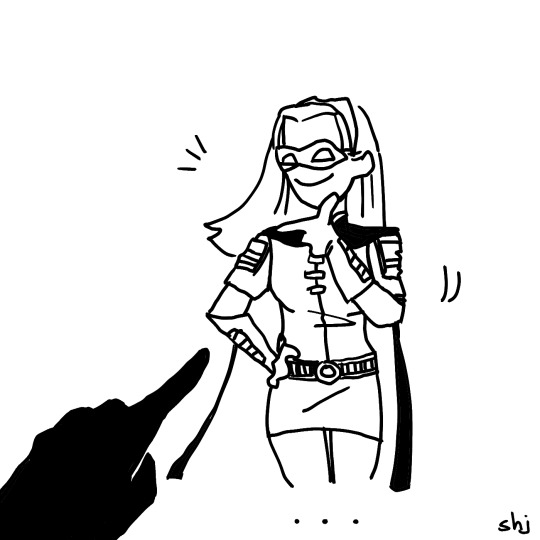
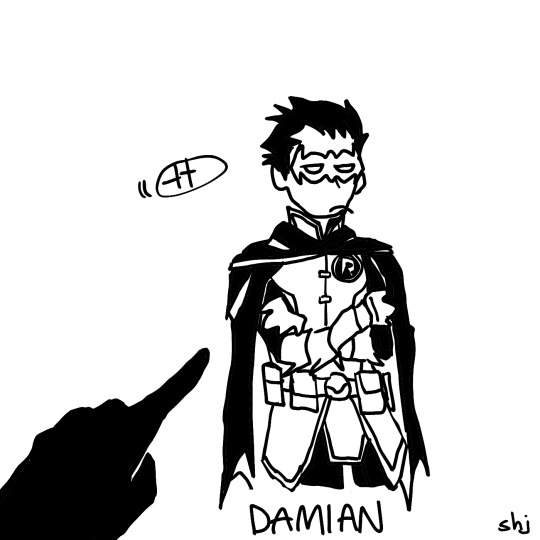
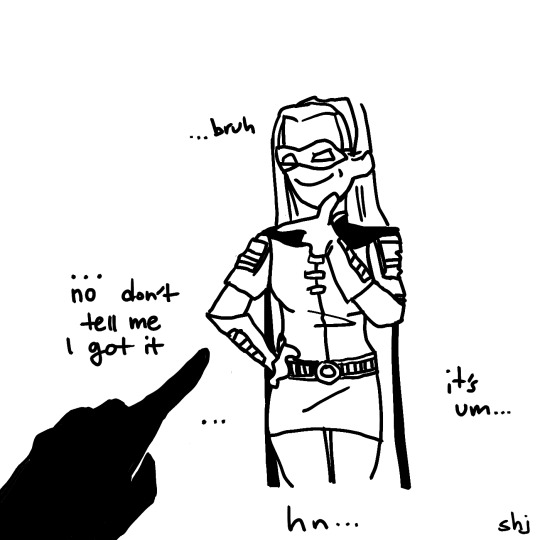
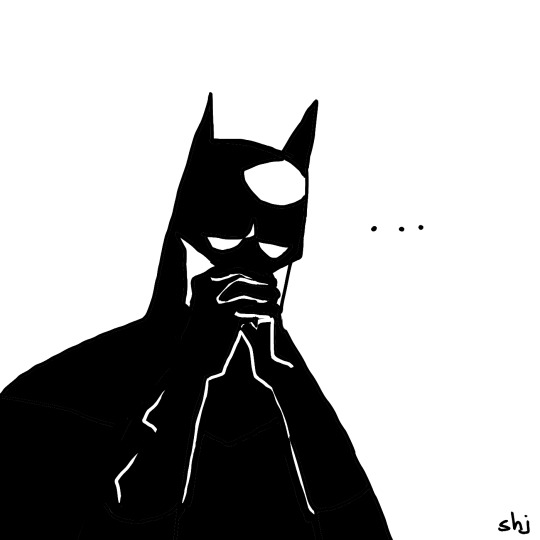

dads and their inability to remember your friends' names
bonus:
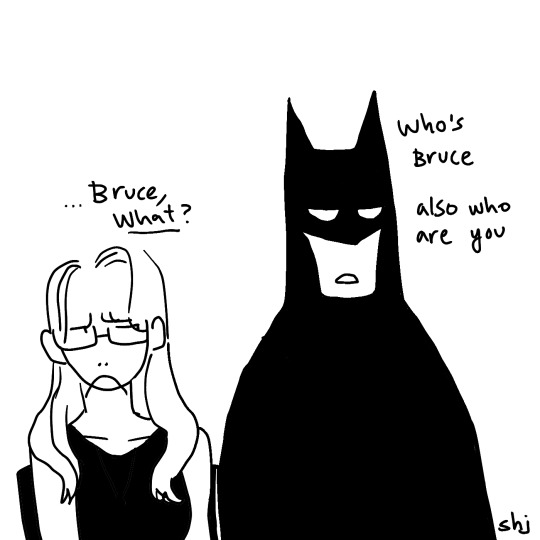

#dc#robin#batman#stephanie brown#dick grayson#jason todd#tim drake#damian wayne#barbara gordon#duke thomas#based off my dad listening to my robin rant and proceeding to butcher everyone's names#very sincerely and confidently saying pablo#followed up by fabian#dennis doodles#dennis comics
6K notes
·
View notes
Text


the Spirit by Neal Adams, with Inks and Colors by Richard Corben.
#Neal Adams#Richard Corben#the Spirit#Denny Colt#Master Class#PinUp Process#Process#Comics#Art#Illustration
140 notes
·
View notes
Text

SLAMS FIST ON TABLE. NOBODY CAN STOP ME!!!!
(Noel is a Fisher, Oscar a Scottish Fold cat and The Butcher a Jack Russel Terrier.. bc they hunt rabbits)
#malevolent#malevolent fanart#oscar malevolent#detective noel#the butcher malevolent#dennis collins#these are just the designs. yall aint ready for the comics im gonna start pumping out#out of the designs so far i have to say this particular sheet is my least favorite bc its the least visually interesting to me#but i still really like the designs!#the butcher's could be tweaked so could noel's#but oscar is perfect hes my sunshine child#also these aren't size accurate. if i made a height chart noel would be the second tallest after parker#and fun fact! noel and parker are both mustelids because iiii thought noel WAS parker for the longest time#(aka a week)
129 notes
·
View notes
Text
tw // smoking 🚭

at least I’m pretty (1/?)
I wanted to challenge myself and try comic format/dialogue stuff 😮💨 anyway they were roommates,,,
⭐️ support me on ko-fi ⭐️
#macdennis#macden#mac iasip#mac mcdonald#dennis iasip#dennis reynolds#iasip#it’s always sunny in philadelphia#it’s always sunny#illustration#comic#iasip genderbent#iasip au#support me on kofi#kofi#mac x dennis#tw // smoking#smoking#my art#digital art#procreate#comic art
270 notes
·
View notes
Text
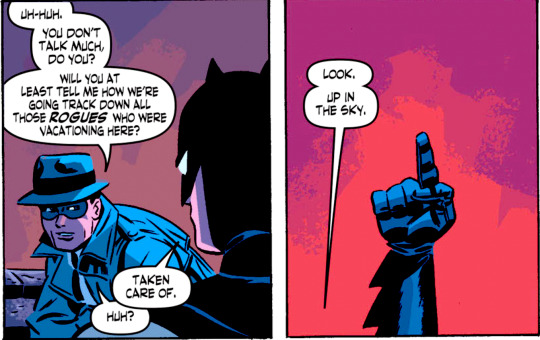

they got this handled art by Darwyn Cooke Batman and the Spirit (2006)
#superbat#bruce wayne#denny colt#dc comics#batman#the spirit#dc#superman#clark kent#darwyn cooke#comics#batman and the spirit
211 notes
·
View notes